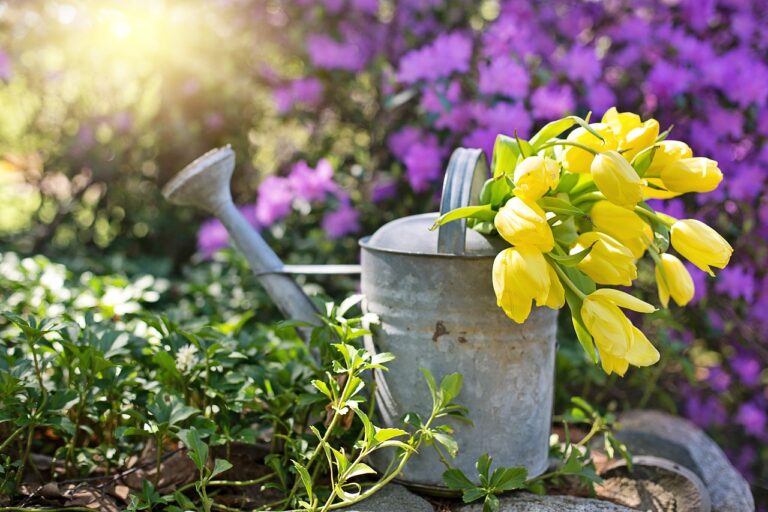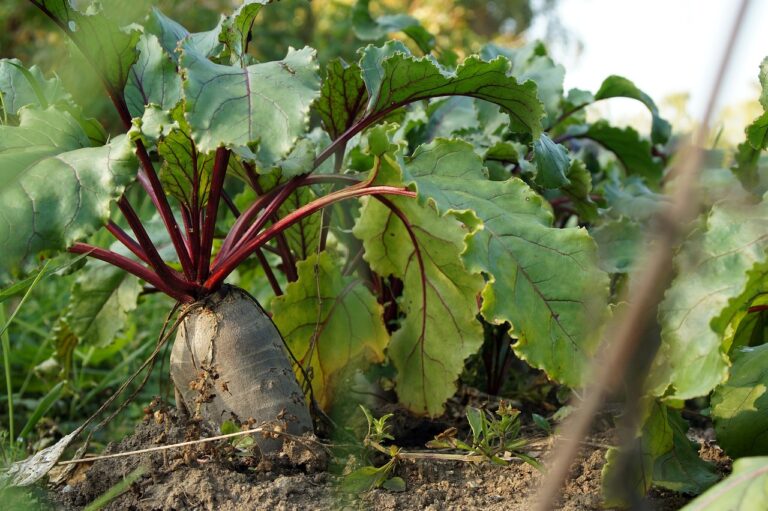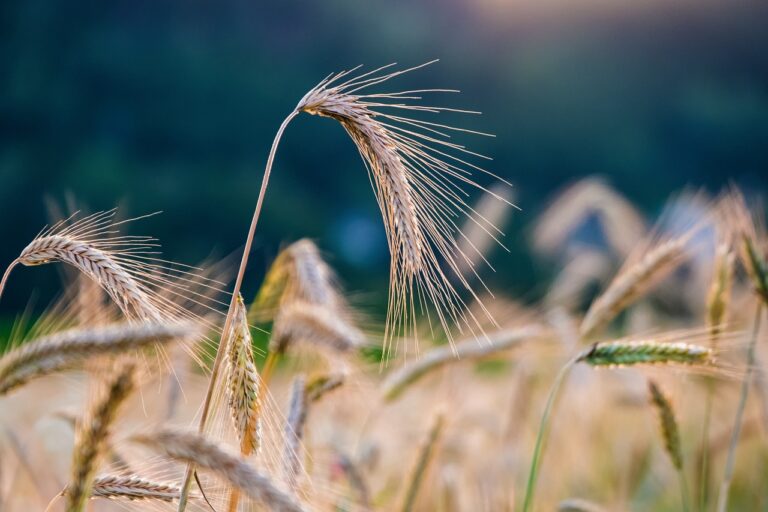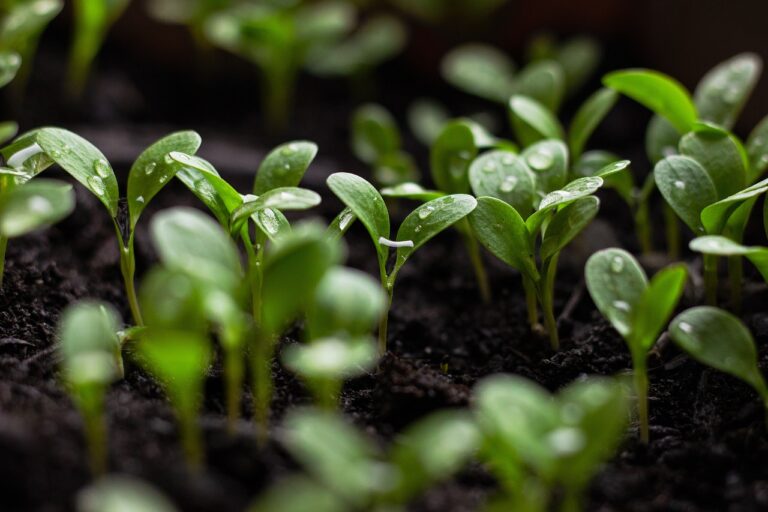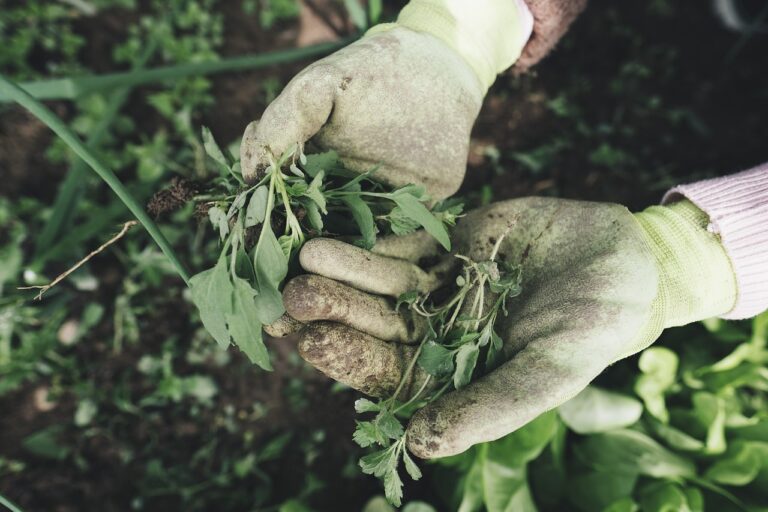How to Attract Pollinators to Your Garden: Creating a Buzzing Haven
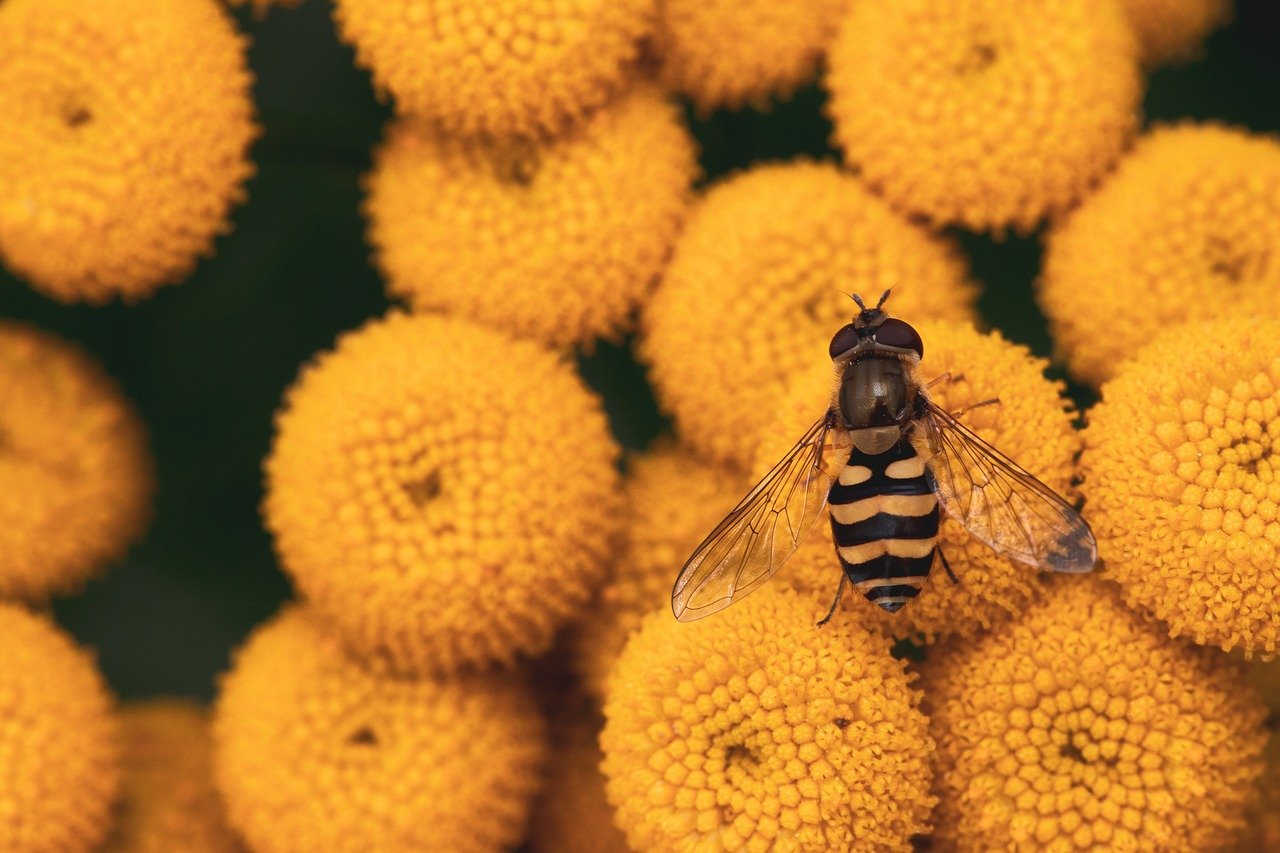
Attracting pollinators to your garden is crucial for the health of plants and the productivity of your crops. Pollinators, such as bees, butterflies, hummingbirds, and other beneficial insects, play an essential role in the pollination process, ensuring the reproduction of flowering plants and the production of fruits and seeds. Here are key strategies to create a vibrant, pollinator-friendly garden:
1. Plant a Diverse Range of Flowers
Diversity is key to attracting a wide variety of pollinators. Different pollinators are attracted to different flower shapes, colors, and scents, so incorporating a diverse range of flowering plants will create a more appealing environment.
- Color Variety: Plant flowers in a variety of colors. Bees are particularly drawn to blue, purple, and yellow flowers, while butterflies are attracted to bright colors like red, orange, pink, and purple.
- Blooming Seasons: Ensure that your garden has blooms throughout the growing season by selecting plants with staggered flowering times. This provides a continuous food source for pollinators from early spring to late fall.
- Flower Shapes: Include flowers of different shapes and sizes to cater to different pollinators. Flat or daisy-like flowers, tubular flowers, and clusters of small flowers can all attract various species.
2. Opt for Native Plants
Native plants are adapted to your local climate and soil conditions, making them ideal candidates for attracting native pollinators. These plants typically require less maintenance and provide the specific nectar and pollen resources that local pollinators need.
- Research Native Species: Research and select native flowering plants suited to your region. Local gardening centers or native plant societies can provide recommendations.
- Host Plants for Butterflies: Include host plants that cater to specific butterflies’ life cycles. For example, milkweed is essential for monarch butterflies, as it serves as a host for their caterpillars.
3. Provide Nesting and Shelter
Creating safe nesting and shelter opportunities for pollinators is essential for them to thrive in your garden. Different pollinators have various nesting preferences, so consider incorporating multiple options.
- Bee Hotels: Install bee hotels or bee houses to provide nesting sites for solitary bees, such as mason bees and leafcutter bees.
- Undisturbed Ground: Leave some areas of bare, undisturbed ground for ground-nesting bees. Avoid heavy mulching in these areas.
- Leaf Litter and Brush Piles: Maintain areas of leaf litter, dead wood, and brush piles to provide natural shelters for pollinators and key habitats for overwintering insects.
4. Avoid Pesticides and Chemicals
Pesticides and chemicals can be harmful to pollinators, reducing their populations and disrupting the health of your garden ecosystem. Embrace organic gardening practices to create a safer environment for pollinators.
- Integrated Pest Management (IPM): Implement IPM strategies that involve monitoring pest levels and using natural predators, barriers, or organic remedies to manage pests.
- Manual Removal: Hand-pick pests where feasible and use physical barriers like row covers to protect plants without chemicals.
- Non-Toxic Alternatives: Use non-toxic options such as neem oil, insecticidal soap, or homemade insect repellents when necessary.
5. Provide Water Sources
Pollinators need water for drinking and cooling, especially during hot and dry periods. Create water sources that are accessible and safe for them.
- Shallow Water Dishes: Place shallow dishes or bowls filled with water in your garden. Add stones or pebbles that allow pollinators to land and drink without drowning.
- Bird Baths: Maintain clean bird baths with fresh water and provide perching spots for pollinators like butterflies and bees.
- Dripping Water: Install a slow-dripping water feature or use a drip irrigation system to provide a constant water source.
6. Choose Single Flower Varieties
Single flower varieties generally produce more nectar and pollen than double flower varieties (which have multiple layers of petals). Single flowers are easier for pollinators to access.
- Heirloom Varieties: Opt for heirloom and single varieties of common garden plants, such as single marigolds, zinnias, and cosmos, which are more attractive to pollinators.
7. Create Pollinator Habitats
Designate specific areas of your garden as pollinator habitats, planting them densely with a variety of native, nectar-rich plants.
- Pollinator Garden Beds: Create dedicated pollinator garden beds with a mix of perennials, annuals, and shrubs that bloom at different times of the year.
- Meadow Patches: Consider converting part of your lawn into a wildflower meadow with native grasses and wildflowers that promote biodiversity and provide habitat for pollinators.
8. Grow Herbs with Flowers
Herbs are incredibly beneficial for pollinators and provide tasty culinary benefits for you as well.
- Flowering Herbs: Allow herbs to flower instead of constantly harvesting them. Herbs like basil, mint, dill, and oregano produce small blooms that attract bees and butterflies.
- Container Gardening: Grow herb flowers in containers or window boxes if you have limited space; they can still support pollinator activity.
9. Avoid Invasive Species
Invasive plant species can take over your garden and outcompete native plants that are crucial for local pollinators. Stick with native or well-behaved ornamental plants to ensure a balanced ecosystem.
- Education: Research and avoid planting invasive species identified by local cooperative extension services or environmental agencies.
- Maintenance: Regularly monitor your garden and remove any invasive plants that may have established roots.
10. Educate and Engage
Sharing knowledge about pollinator-friendly practices and engaging with the community can promote wider pollinator conservation efforts.
- Community Gardens: Participate in community garden projects that focus on creating pollinator-friendly spaces.
- Workshops and Events: Attend or host gardening workshops, plant sales, or educational events highlighting pollinator gardening.
In conclusion, attracting pollinators to your garden involves planting a diverse range of flowers, opting for native plants, providing nesting and shelter, avoiding pesticides, providing water sources, choosing single flower varieties, creating pollinator habitats, growing flowering herbs, avoiding invasive species, and educating and engaging the community. By implementing these practices, you can create a buzzing haven that supports pollinator health and enhances your garden’s productivity and beauty. Happy gardening!

